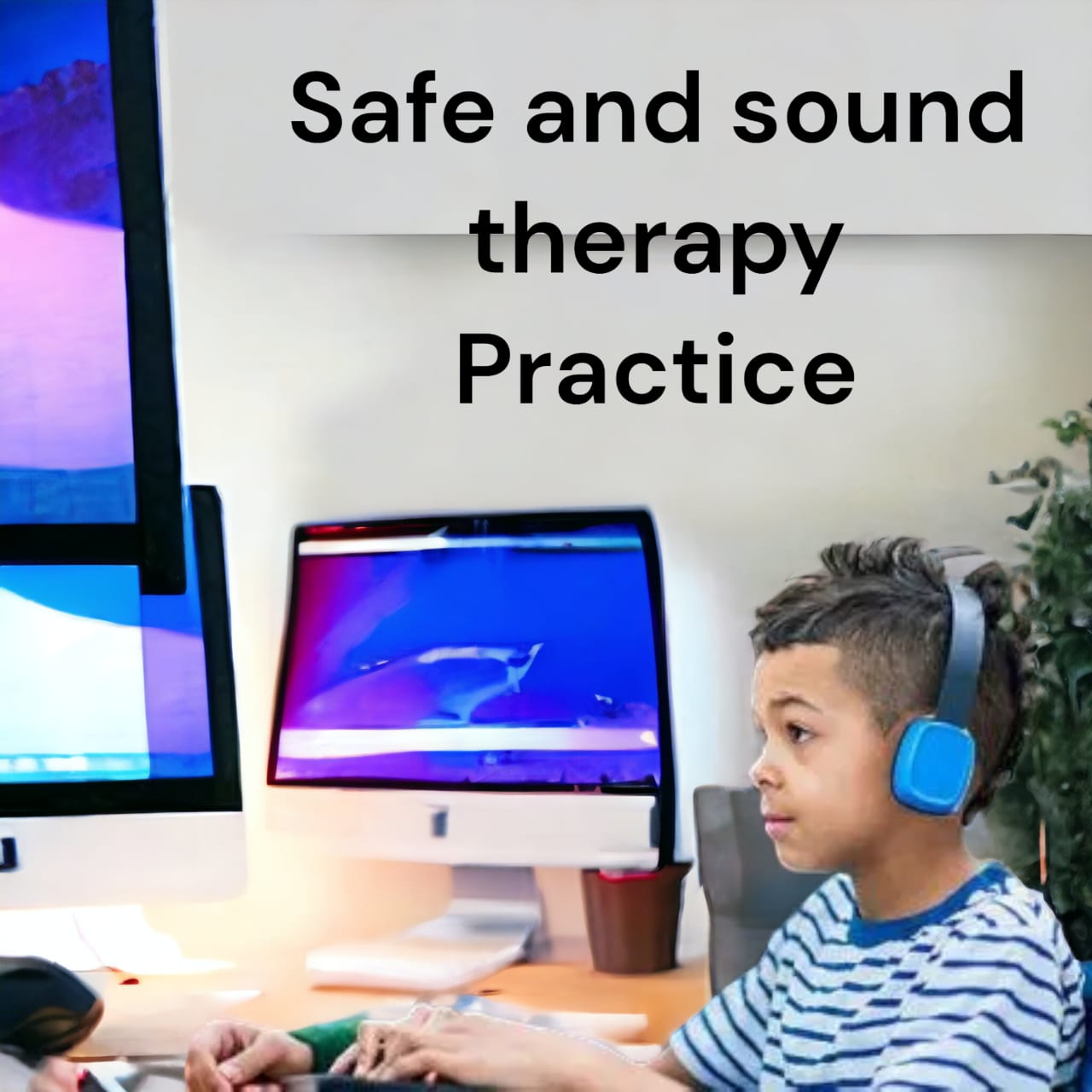What is Safe and Sound Therapy Practice (SST)? This is a non-invasive auditory intervention utilizing specially filtered music to activate the vagus nerve. Thereby facilitating the regulation of the nervous system. This therapeutic approach was pioneered by Dr. Stephen Porges, the originator of the Polyvagal Theory. This elucidates the impact of the autonomic nervous system (ANS) on social-emotional functions. SST’s primary objectives include:
Reducing stress and auditory hypersensitivity.
Enhancing social interaction and resilience.
Refining auditory processing and communication abilities.
SST has demonstrated its efficacy in aiding individuals dealing with trauma, anxiety, sensory processing variances, autism, attention deficit disorder, and more.
How Safe and Sound Therapy Operates
The vagus nerve, an extensive cranial nerve within the human body. This is a vital link connecting the brainstem to an array of organs and systems. Its primary role lies in regulating the Autonomic Nervous System (ANS), which controls involuntary functions like heart rate, respiration, digestion, and responses to stressors. The ANS consists of two principal branches: the Sympathetic Nervous System (SNS), primed for preparing the body for action or perceiving threats. Also the Parasympathetic Nervous System (PNS) dedicated to restoring the body to a state of calm and relaxation.
In line with the Polyvagal Theory, the PNS exhibits two subdivisions: the Dorsal Vagal Complex (DVC), responsible for inducing immobilization or shutdown responses, and the Ventral Vagal Complex (VVC), responsible for fostering social engagement and connections. The VVC, often called the social engagement system, encompasses functions like facial expressions, eye contact, vocalization, listening, and empathy. This system plays a pivotal role in our ability to communicate effectively, regulate emotions, and experience a sense of safety.
SST activates the VVC through the neural pathways associated with auditory perception. It achieves this by utilizing algorithmically filtered music that predominantly focuses on the frequency range corresponding to human speech (500-800 Hz), signifying safety and social connection. The piece serves as a means of challenging and exercising the middle ear muscles, which, in turn, aid in filtering out irrelevant sounds and concentrating on human speech. Through training these muscles, SST enhances the functioning of two cranial nerves vital for social interactions: cranial nerve VII (facial nerve), contributing to emotional expression, and cranial nerve X (vagus nerve), facilitating self-soothing and autonomic regulation.
By stimulating these neural networks, SST intervenes in chronic states of defensive nervous system responses, such as fight, flight, or freeze. It enables listeners to transition from forms of fear or anxiety to states of calm or curiosity. Additionally, it paves the way for improved communication and more effective therapeutic outcomes.
Who Benefits From It?
- Research primarily focuss on children within the Autism spectrum.
- Pecifically, those who exhibis limited social interaction skills.
- Children experiencing attention deficits and challenges have improved their ability to sustain focus.
- Children grappling with Sensory Processing difficulties, including auditory sensitivities, heightened vigilance, and, in certain instances, selective eating, have exhibited progress.
Administration of SST
SST consists of a total listening duration of five hours, which can be administered in either one-hour segments across five consecutive days or in 30-minute intervals spanning ten straight days. During the sessions, the listener utilizes over-the-ear headphones connected to a smartphone or tablet equipped with an app that manages the music playback. This app also monitors the listener’s progress and adherence to the therapy.

For the most effective experience, the listener should be situated in a tranquil and comfortable environment during SST sessions. Thereby minimizing potential distractions like television, video games, or conversations with others. Engaging in low-stimulation activities, such as reading, coloring, drawing, or puzzles, while listening to the music is encouraged. Additionally, it is advisable to avoid the consumption of caffeine, alcohol, or medications that could impact the nervous system either before or during SST sessions.
SST can be administered either in a clinical setting or remotely. In-clinic delivery necessitates visiting a certified professional overseeing and supervising the sessions. In contrast, remote delivery involves receiving guidance and support from a qualified professional via phone or video calls. Regardless of the chosen approach, it requires a subscription to access the app and the curated playlists of therapeutic music.
Summary
Safe and Sound Therapy represents a non-invasive auditory intervention that harnesses specially filtered music to activate the vagus nerve. Thus fostering regulation within the nervous system. This therapeutic approach is rooted in the Polyvagal Theory. Elucidating the profound influence of the autonomic nervous system on social-emotional processes. SST is committed to reducing stress and auditory hypersensitivity. Thereby amplifying social engagement and resilience, and refining auditory processing and communication capabilities. Extensive research indicates its efficacy in aiding individuals dealing with trauma, anxiety, sensory processing variances, autism, attention deficit disorder, and more. The versatility of SST allows for both in-clinic and remote administration, guided and supported by trained professionals. Making it a promising avenue for individuals seeking holistic healing and emotional well-being.
